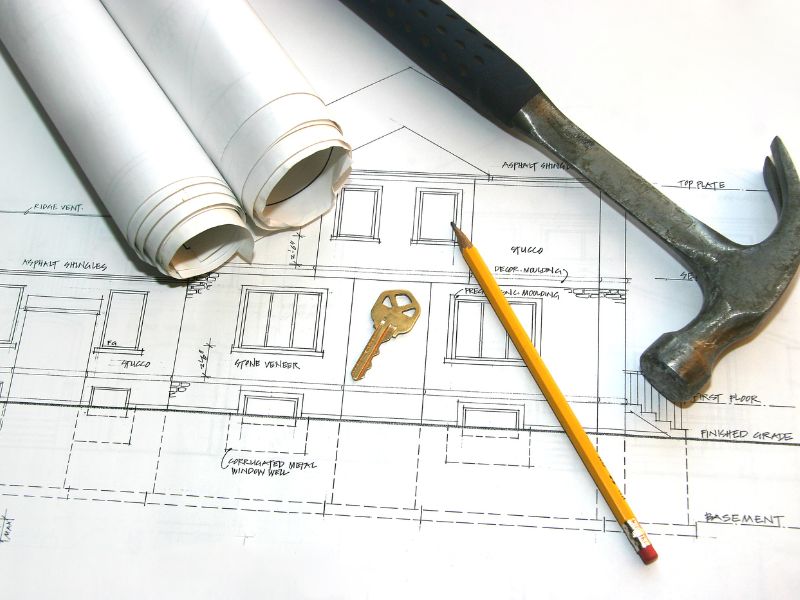Exploring Home Improvement Loans
 Want to upgrade your home but short on cash? Home improvement loans can help! They’re like a financial boost for fixing up your place without draining your savings. But with so many options, how do you pick the right one? Let’s review the options.
Want to upgrade your home but short on cash? Home improvement loans can help! They’re like a financial boost for fixing up your place without draining your savings. But with so many options, how do you pick the right one? Let’s review the options.
Home improvement loans are like a cash lifeline for home projects. Unlike some loans, they don’t need your home as collateral. You get the money upfront and pay it back over time.
What’s the difference between home improvement and renovation loans? Improvement loans are more flexible and cover various projects, like a new roof or landscaping. Renovation loans may have specific rules, like for kitchen or bathroom remodels.
Once you’re approved for a loan, the lender gives you the money in one go. You start paying it back right away, usually every month. The interest rate depends on your credit score and other factors.
Interest rates for these loans can vary a lot, usually between 5% and 36%. Your credit score will make a large impact. Some lenders give discounts if you pay automatically, and you can check your likely interest rate without hurting your credit score.
Here are the main types of home improvement loans:
Home Equity Loan: Good for big projects. You borrow money against your home’s value but watch out for extra fees.
HELOC (Home Equity Line of Credit): Like a credit card, it lets you borrow as you need.
Cash-out Refinance: You get a new, bigger mortgage and cash in hand.
FHA 203(k) Rehab Loan: Great for buying homes that need fixing up.
Unsecured Personal Loan: Quick cash without using your home as collateral.
In short, home improvement loans can make your renovation dreams come true. Whether you’re thinking of solar panels or a new bedroom, there’s a loan that fits. Just read the fine print and choose wisely and always use a trusted mortgage professional to help guide you.

 Choosing the right mortgage term is a critical decision when purchasing a home. The two most common options are 15-year and 30-year mortgage terms. Let’s compare the advantages and disadvantages of each to help you make an informed decision:
Choosing the right mortgage term is a critical decision when purchasing a home. The two most common options are 15-year and 30-year mortgage terms. Let’s compare the advantages and disadvantages of each to help you make an informed decision: Mortgage loans are an essential aspect of financing the purchase of a property. Among the various types of mortgages available, one option that may be advantageous for both buyers and sellers is an assumable mortgage loan.
Mortgage loans are an essential aspect of financing the purchase of a property. Among the various types of mortgages available, one option that may be advantageous for both buyers and sellers is an assumable mortgage loan.